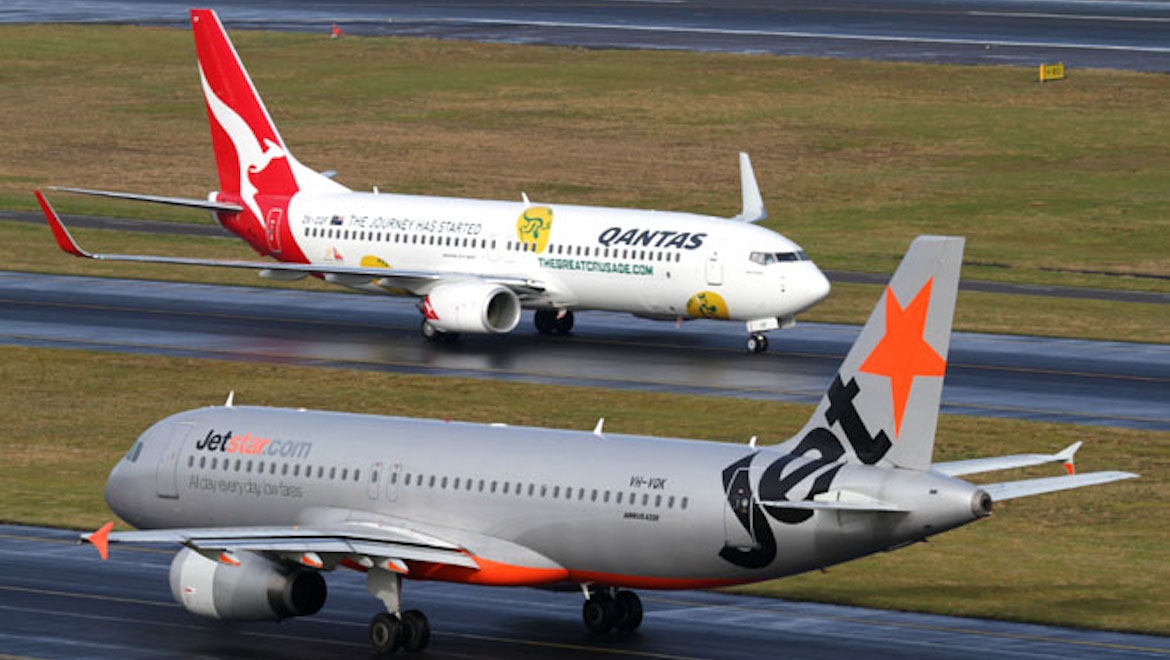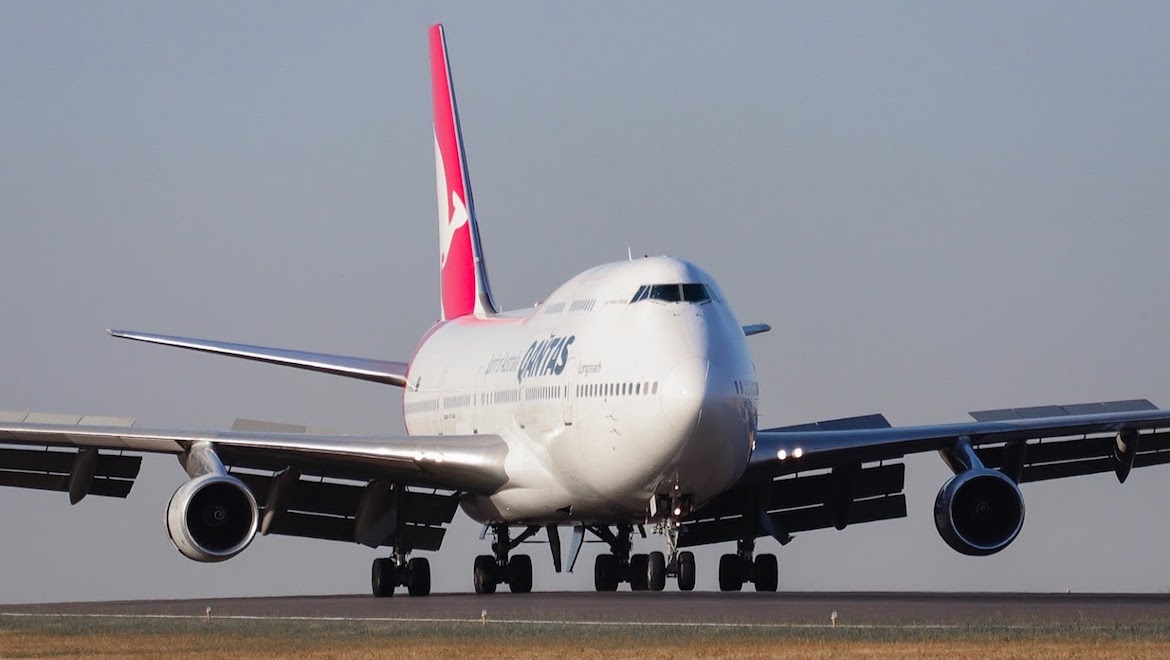
Qantas has reported a 2.3 per cent improvement in revenues for the third quarter of 2018/19 supported by resilient leisure demand in the domestic market and flat capacity growth among its international competitors on long-haul routes.
In a trading update to the Australian Securities Exchange (ASX) on Thursday, the company said total revenue across the airline group came in at $4.4 billion for the three months to March 31 2019.
Meanwhile, unit revenues, measured by revenue per available seat kilometre (RASK), rose four per cent.
Qantas noted the third quarter result was achieved despite the timing of Easter, which was in April – and subsequently in the fourth quarter of 2018/19 – rather than March in 2017/18.
While no profit guidance was given for the full 2018/19 financial year, Qantas said the company was “on track to fully offset the impact of significantly higher fuel costs compared with last year”.
Qantas group chief executive Alan Joyce said the company was in a fundamentally strong position.
“The group continues to perform well, with strength in key parts of our portfolio helping to hedge against headwinds in other areas,” Joyce said in a statement.
“Overall, we expect the group to achieve a record level of revenue this financial year and strong cash flow as we continue to deliver for shareholders, customers and our people.”
Qantas also published quarterly traffic statistic alongside the trading update.
The figures showed the airline group reduced capacity, measured by available seat kilometres (ASK), in the Australian domestic market across its Qantas and Jetstar operations by one per cent in the three months to March 31 2019, compared with the prior corresponding period.
Qantas domestic ASKs fell 1.9 per cent, while revenue passenger kilometres (RPK), a measure of demand, was 3.7 per cent lower.
With demand falling faster than the contraction in ASKs, Qantas’s domestic load factors was 1.4 percentage points lower at 75.5 per cent.
Meanwhile, Jetstar lifted domestic ASKs 0.5 per cent in the quarter, while RPKs improved one per cent. The low-cost carrier’s (LCC) domestic load factors rose 0.4 percentage points to 87.2 per cent.
Overall, the airline group said domestic unit revenues were up 1.1 per cent in the quarter.
“Domestically, demand is mixed,” Joyce said.
While there was increased activity in states such as Western Australia and Queensland amid a pickup in the resources sector and leisure travel was “holding up well”, Joyce said parts of the corporate market were soft in May and June.
This was in areas such as financial services, telecommunications and some areas of construction, with growth also slowing in the small business market.
“We’ll have a better sense of how temporary this is after the federal election, which always has a dampening impact on travel demand,” Joyce said in a statement.
Voters head to the polls on Saturday May 18. Early voting has already opened.

International benefits from flat overall capacity growth
On the international front, unit revenues from Qantas and Jetstar’s overseas flying was up 6.2 per cent in the three months to March 31 2019.
The trading update said the result was in part due to a “particularly robust performance by Qantas international”.
Further, the company said “network changes drove revenue performance, as did competitor capacity reductions on long-haul routes in response to higher fuel costs, which in-turn led to increased market share for Qantas international”.
“Internationally, the outlook is positive and continues to improve,” Joyce said.
“The long-term fleet and network changes we’ve made are delivering revenue growth, and total market capacity in the fourth quarter is contracting in response to higher fuel prices.”
Qantas international suffered a 60 per cent decline in underlying earnings before interest and tax (EBIT) in the 2018/19 first half due, in part to higher fuel prices.

In terms of the fleet, Qantas said it planned to retire one more Boeing 747-400 by June 30 2019. Qantas currently had eight 747s, with all scheduled to be withdrawn by the end 2020 in time for the airline’s centenary.
At May 3 2019, the International Air Transport Association (IATA) jet fuel price monitor was down about four per cent from a year ago.
However, fuel prices have had a volatile year and have crept higher over the past month in response to the United States ending waivers that had allowed some countries to import crude oil from Iran.
Brent Crude Oil prices were about US$70 a barrel currently, compared with about US$55 a barrel at the start of calendar 2019.
The trading update also forecast earnings at Qantas’s loyalty business of between seven and 10 per cent for the second half of 2018/19, with several initiatives to be announced in the fourth quarter.
Separately, Qantas announced it had sold the lease of its terminal at Melbourne Airport to Australia Pacific Airports Corporation Limited, the owner and operator of Melbourne Airport, for $355 million.















